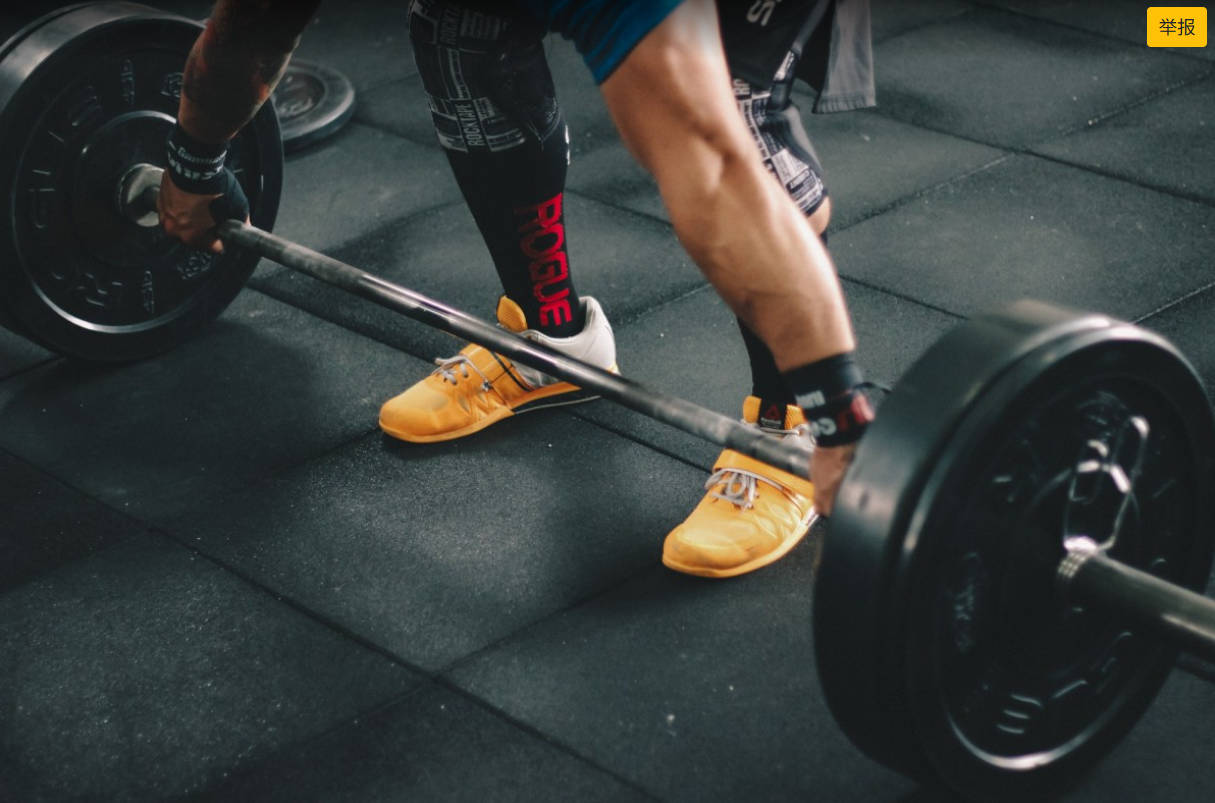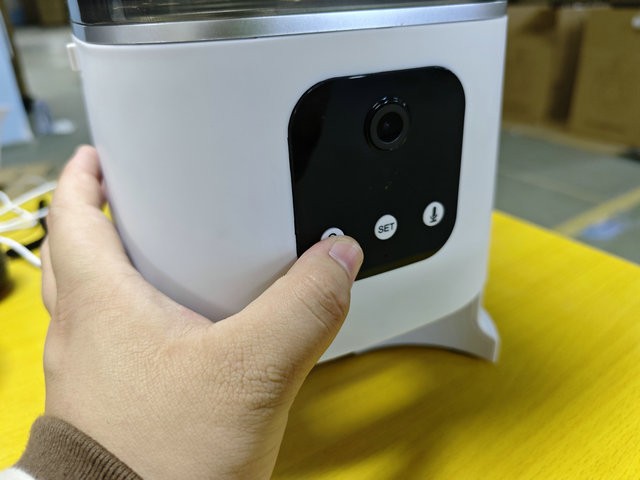Cashmere, known for its softness and luxurious feel, has long been a sought-after material for producing high-quality clothing, including sweaters, scarves, and coats. Ensuring the quality of cashmere apparel is essential to meet consumer expectations and maintain the reputation of manufacturers and retailers. This article explores the process of inspecting cashmere apparel and outlines the key quality standards that govern its production.
Inspection Process for Cashmere Apparel
The inspection process for cashmere apparel involves a series of steps designed to evaluate the fabric, craftsmanship, and overall quality of the finished garments. Here’s an overview of the typical inspection process:
1.Fabric Inspection:
The quality of the cashmere fabric itself is a crucial starting point. Inspectors check for consistency in color, texture, and density. They also examine the fabric for any visible flaws such as snags, holes, or irregularities in weave. Additionally, the fabric’s weight and composition are verified to ensure it meets the specified requirements.
2.Stitching and Seams:
The stitching and seams of cashmere apparel are important indicators of craftsmanship. Inspectors examine the seams for straightness, uniformity, and proper alignment. Loose threads, uneven stitches, and irregular seam allowances are identified as potential quality issues.
3.Fit and Sizing:
Ensuring that cashmere garments have accurate fit and sizing is essential for customer satisfaction. Inspectors measure key dimensions such as chest, waist, hips, and sleeve length to confirm that the garments match the intended size chart. Fit discrepancies can lead to customer complaints and returns.
4.Finishing Details:
Details such as buttons, zippers, and other closures are inspected for functionality and appearance. These components should operate smoothly and securely. Any decorative elements, like embroidery or embellishments, are also scrutinized to ensure they are well-executed and properly attached.
5.Overall Appearance:
The overall appearance of cashmere apparel is assessed for any signs of damage, staining, or pilling. Pilling, in particular, can be a common issue with cashmere due to its delicate nature. The appearance of the garment after any necessary cleaning or finishing processes is evaluated to ensure it meets the desired standards.
6.Labeling and Packaging:
Inspectors verify that labeling on the garment accurately represents its composition, care instructions, and origin. Proper packaging is also confirmed to prevent any damage during transportation and storage.
Quality Standards for Cashmere Apparel
Several quality standards and guidelines govern the production of cashmere apparel to ensure that products meet certain criteria for materials, workmanship, and performance. Here are some key quality standards for cashmere apparel:
1.Fiber Quality:
Cashmere is prized for its softness and warmth, which is attributed to the quality of the cashmere fibers. The fiber’s diameter, length, and purity are assessed to determine its grade. The finest cashmere fibers are often categorized as Grade A, while coarser fibers may fall into lower grades.
2.Color Fastness:
Color fastness refers to a fabric’s ability to retain its color when exposed to various environmental factors such as light, water, and washing. Cashmere garments should undergo colorfastness tests to ensure that their colors remain vibrant and consistent over time.
3.Pilling Resistance:
Pilling occurs when short fibers on the surface of the fabric tangle and form small balls or fuzz. Cashmere garments should undergo pilling tests to assess their resistance to pilling, as excessive pilling can affect the appearance and longevity of the garment.
4.Stitching and Seam Strength:
Quality stitching and robust seams are crucial to the durability of cashmere apparel. Standards specify the type of stitching (e.g., single-needle, overlock) and the required seam strength to withstand normal wear and tear.
5.Fit and Sizing Tolerance:
Cashmere garments must adhere to specific fit and sizing standards to ensure that they fit customers comfortably and accurately. Tolerance limits for measurements are defined to prevent variations that could lead to sizing issues.
6.Care Labeling:
Care labels provide consumers with important information about how to care for and clean their cashmere garments. Standards outline the required care symbols and instructions to be included on the labels.
Conclusion
Ensuring the quality of cashmere apparel involves a comprehensive inspection process that covers various aspects of the garments, from fabric quality to finishing details. By adhering to established quality standards, manufacturers and retailers can offer products that meet consumer expectations for comfort, durability, and aesthetics. As consumer demand for premium materials and products continues to rise, maintaining strict quality control measures is essential for sustaining the reputation of cashmere apparel within the fashion industry.






